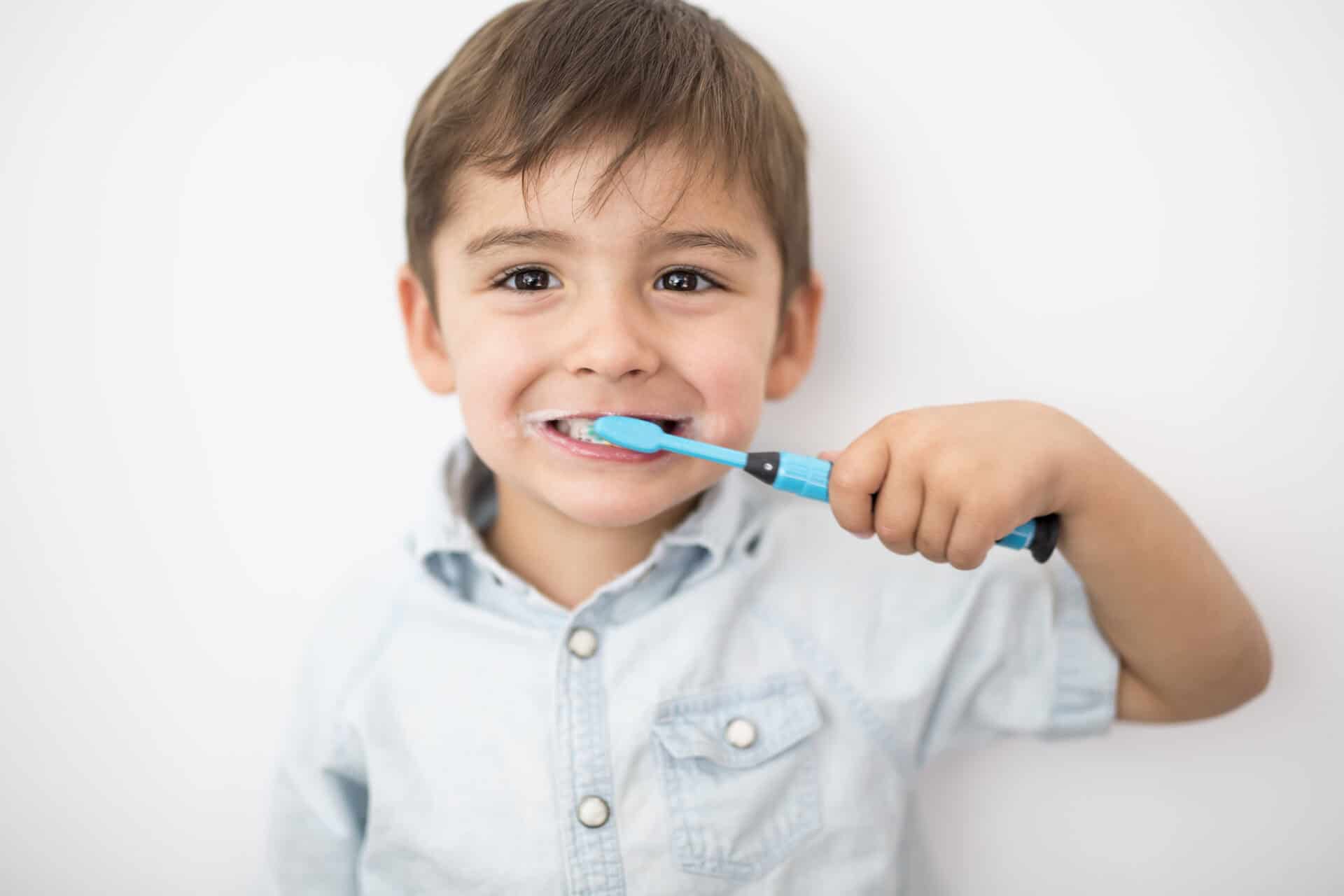Brushing your teeth seems like a fairly simple task right? Well, turns out that most people aren’t brushing their teeth properly. Anything from brushing too hard, too fast, or using the wrong type of toothbrush can be damaging to your teeth. So stop rushing through your brushing and learn how to correct those bad brushing habits.
Not Brushing Long Enough
Proper brushing takes about two minutes. Don’t rush though brushing just because you’re late for work. Through the night, bacteria has been breeding and bacteria in your mouth is the cause of bad breath. Focus, get a timer, hum a song, do whatever it takes to help you get through the full two minutes of brushing. All this brushing is crucial to removing plaque and bacteria to help keep your mouth clean and healthy.
Your Methods May Need a Change
Yes, there is a right and wrong way to brush your teeth. Dated methods need to change because brushing your teeth from side to side can disturb the structure of your teeth and can lead to cracks that weaken your teeth.
Hold your toothbrush at a 45-degree angle to your tooth and brush in small circles. Concentrate on small groups of brushing at a time. After brushing all the surfaces of your teeth, gently brush around your gum line to remove plaque.
Brushing Too Hard
When you’re in a rush in the morning and trying to get out the door while you’re still brushing your teeth is usually when most people brush too hard. It’s the idea of brushing your teeth harder for a shorter amount of time. But, believe it or not this ‘compromise’ doesn’t actually work. Brushing too hard can damage your teeth causing lesions and trauma in your gum line.
Using the Wrong Toothbrush
Using a soft or ultra soft toothbrush will minimize any damage that may come from brushing too aggressively.
Eventually your toothbrush is going to need replacing, but most people don’t know when that point is. Replace your toothbrush every three months or once the bristles start to split. Keeping a toothbrush for too long just means you’re using a toothbrush with extensive germ growth. Gross.
Not Flossing
You’ve heard it a million times, yet it’s still hard to work into your oral health care regimen. We all know that good oral care goes beyond brushing, and that flossing get into all those places that your toothbrush misses. But for some reason we still aren’t doing it, even though we all know we need to. So, floss more.
Use about 12-inches of floss strung between your hands. Use your index finger and thumb to work the floss between your teeth. Be sure not to pull too aggressively or to saw back and for the between your teeth and gums. This is usually what causes your gums to bleed. Move from tooth to tooth until you’ve covered all the spaces between your teeth.
Missing Rinsing
Rinsing after you brush or floss is more critical than you might think. After brushing and flossing all that plaque off your teeth, why keep it in your mouth? The final step in completing a good oral cleansing routine is to finish off with an alcohol-free mouthwash. It’s important to choose an alcohol-free mouthwash because the alcohol content in most mouthwashes is too high and isn’t the best thing for your mouth. You can also use a mouthwash enhanced with fluoride to protect tooth enamel and prevent cavities. In the least, rinse your mouth out well with water before you step away from the sink.



